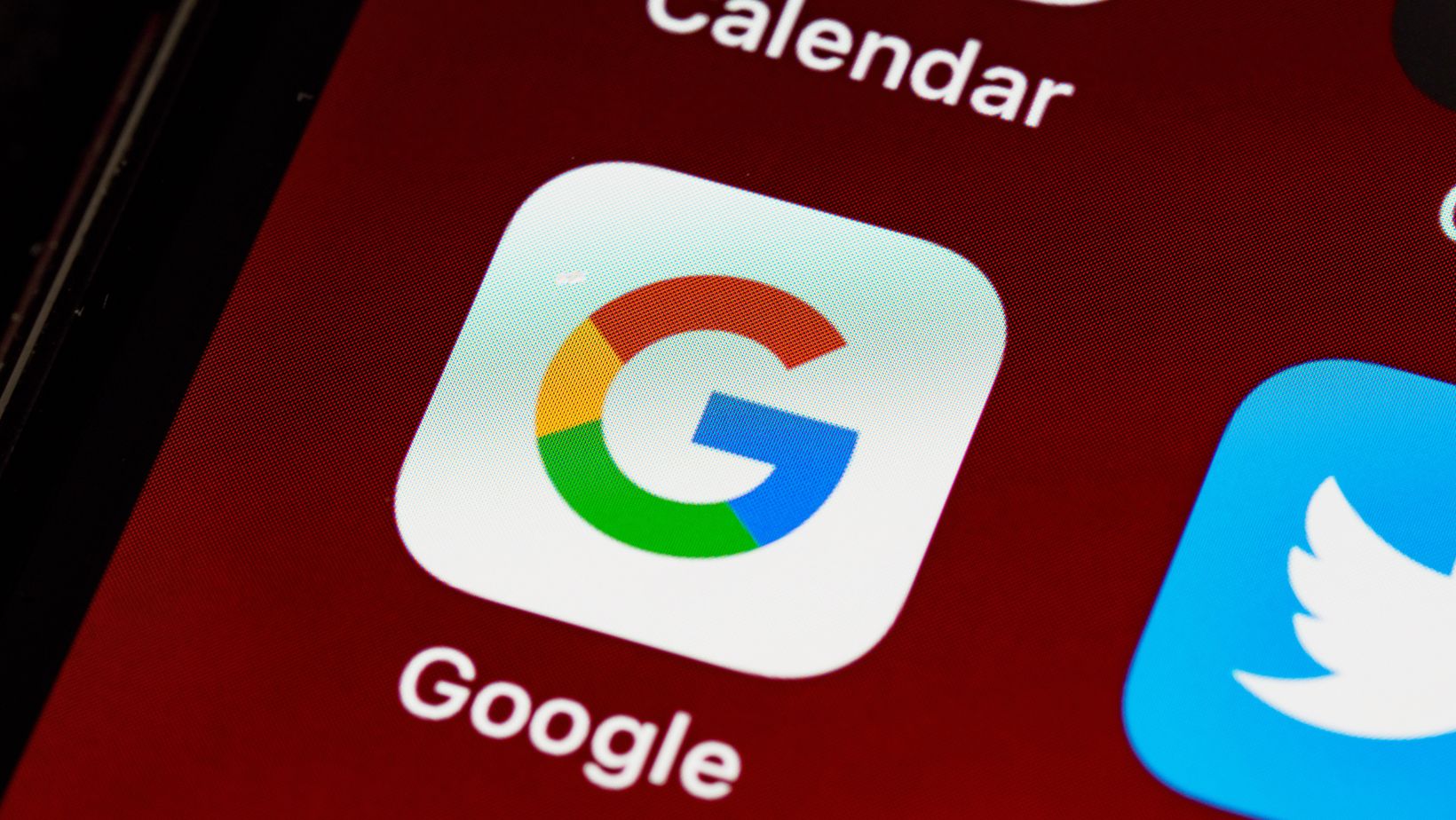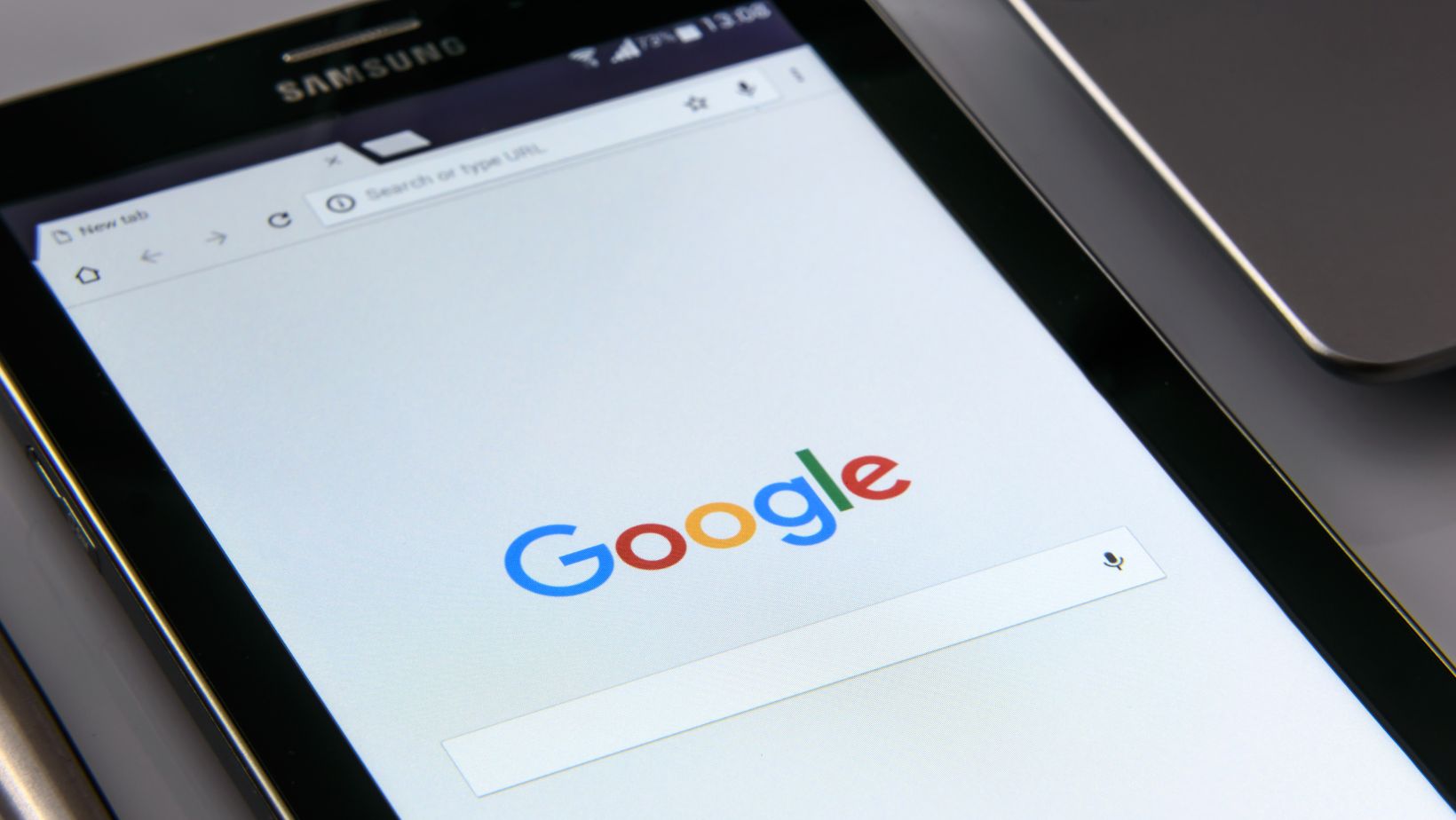Let’s be honest: spending money on Google Ads is easy. Getting that money back (and then some)? That’s where the real challenge begins.
In 2025, the cost of digital advertising has climbed steadily. Your Google Ads campaign isn’t just competing against other businesses — it’s competing against distractions, attention fatigue, and rising CPCs. If you’re not constantly improving, you’re falling behind.
That’s why we created this Google Ads Optimization checklist. These 14 practical tips will help you optimize your Google Ads campaign, boost conversions, and (most importantly) get a better return on every single click.
Let’s get into it
1. Check Your Google Ads Optimization Score Weekly
Your optimization score in Google Ads is not just a vanity number. It’s a data-backed signal of what Google thinks will improve performance.
Do this:
- Log in to your dashboard weekly.
- Look at the Google Ads Optimization score.
- Accept or reject recommendations intentionally (not blindly).
- Prioritize changes that align with your Google Ads Optimization Strategy.
Accounts with scores above 80% generally perform 18–25% better in ROAS, according to internal Google benchmarks.
2. Master Keyword Match Types
You wouldn’t fish in the ocean if you’re targeting trout. The same logic applies to keywords.
Use a Google Ads campaign optimization approach that includes the following:
- Exact match for high-intent searches.
- Phrase match to capture broader traffic.
- Negative keywords to cut wasted spend.
This is critical for Google Search Ads optimization and quality traffic targeting.
3. Optimize Your Ad Copy Like a Copywriter, Not a Robot
Your ad has a few seconds, maybe less, to convince someone to click. Your job? Make every word count.
Use this formula:
- Emotion (Pain or Promise)
- Benefit
- Call-to-action
And test:
- Numbers vs. words
- Question-style vs. command-style headlines
- Brand-first vs. solution-first
Use A/B testing at the ad group level to learn what your audience responds to most. It’s a cornerstone of every solid Google Ads optimization approach.
4. Improve Your Google Ads Landing Page Optimization
So they clicked. Now what?
Don’t make your user think. Your landing page should:
- Match ad copy
- Load under 2 seconds
- Be mobile-optimized
- Have 1 clear CTA

Use tools like PageSpeed Insights, Hotjar, and Google Ads Optimization tools to evaluate bounce rate, session duration, and heatmaps.
Businesses that invest in proper Google Ads landing page optimization see a 20–30% increase in conversion rates.
6. Use the Right Campaign Structure
Structure is strategy. A clean account = easy optimizations.
Follow the SKAG model (Single Keyword Ad Groups) or thematic campaigns to:
- Increase ad relevance
- Improve Quality Score
- Reduce Cost Per Click (CPC)
Clean structure is what separates amateurs from pros in Google Ads campaign management services.
7. Analyze Ad Placement Strategy in Display & Video
Google Ads services aren’t just about search display; video is a huge opportunity.
But where your ad appears matters.
Use placement exclusions to remove:
- Mobile apps with low engagement
- Irrelevant YouTube channels
- Niche forums or click farms
This improves your Google Ads performance and brand safety.
8. Refine Your Audience Targeting
Great targeting is like great matchmaking — it feels effortless when it’s right.
Use:
- In-market audiences
- Customer match (email lists)
- Similar audiences
- Demographic filters
Use Google Ads solutions like Customer Value Bidding and Audience Signals to combine intent with real behavior.
Layered audience targeting can improve ROAS by 25–40% when combined with creative rotation.
9. Optimize Ad Scheduling
Run your ads when your audience is most likely to convert. Use your historical data to set time-based bid adjustments.
For example, if your best conversion window is Mon–Fri from 9 AM–5 PM, reduce bids after hours or pause altogether.

Smart Google Ads campaign optimization isn’t about more impressions — it’s about more effective ones.
10. Tighten Geographic Targeting
If you’re serving Istanbul, why pay for clicks in Ankara?
Use:
- Location exclusions to avoid waste.
- Bid adjustments based on city or region-level performance.
- Radius targeting for hyper-local service businesses.
Geo-tweaks are low-hanging fruit in Google Ads Management services that few businesses actually take advantage of.
11. Automate with Google Ads Optimization Software
Managing multiple campaigns? Time is money.
Use automation tools like:
- PPC Samurai
- Analysis
- Google Ads scripts
These can:
- Pause underperforming ads
- Flag anomalies
- Adjust budgets
- Rotate creatives
Pair automation with your own insight, and you’ll supercharge your Google Ads advertising agency output.
12. Run Smart Campaign Budgeting
Too many advertisers set their budgets and forget them.
Instead:
- Move budget to top-performing campaigns monthly.
- Don’t over-fund broad match or discovery ads without proof.
- Keep 10–20% flexible for experimentation.
Campaign budgeting is about knowing where every dollar will go — and having a backup plan if it doesn’t work.
13. Collaborate With the Right Google Ads Agencies
No one scales alone. A good Google Ads marketing agency becomes an extension of your team.
Look for a Google Ads Services agency that:
- Offers transparent reporting
- Share creative and keyword insights
- Adjusts strategy based on performance
- Is proactive, not reactive
Want the Best Google Ads services? Ask for case studies in your niche.
14. Check Your Google Ads Optimization Checklist Monthly
Optimization is never one-and-done. Set a recurring calendar task to review:
- Account structure
- Search terms
- CPC and CPA
- Budget pacing
- Landing page performance
- Google Ads Optimization score
This final step ties everything together — and builds the foundation for scalable growth.

